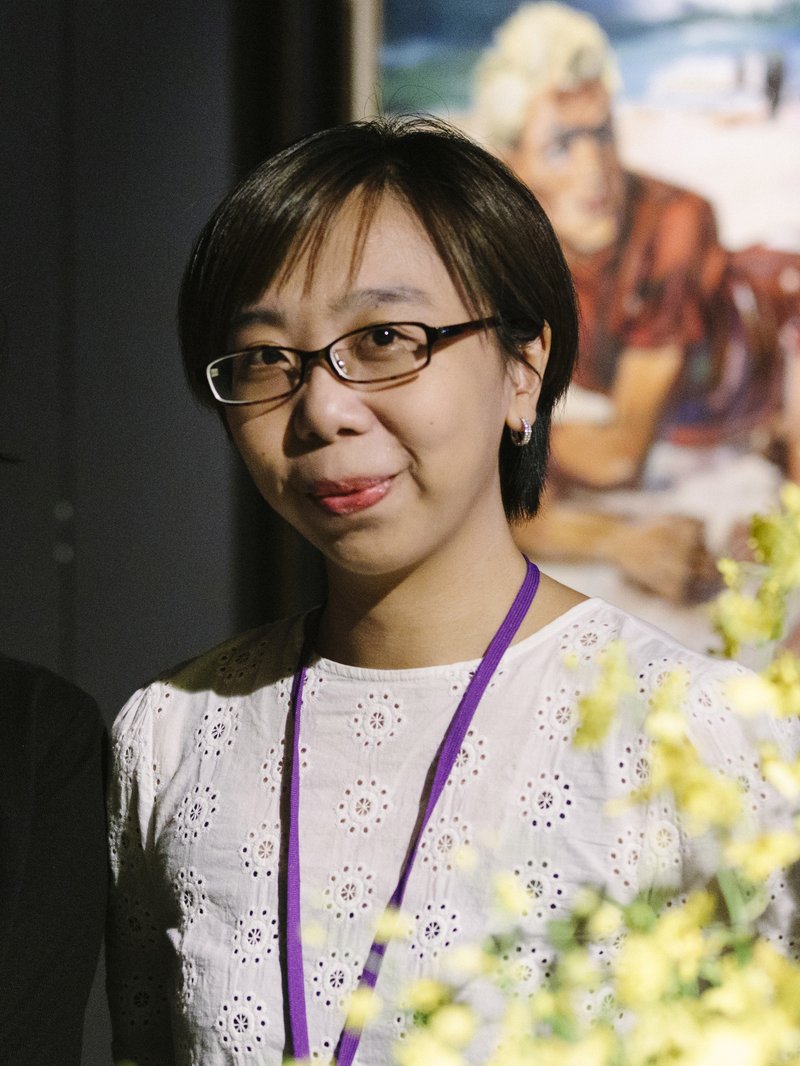Zoe Yeh

In 2021, 50 contemporary art curators, researchers, and museum professionals from 32 different countries were awarded support to attend the CIMAM 2021 Annual Conference, in-person and online.
For the first time, and thanks to the generous support of The Getty Foundation who sponsored the virtual platform, 27 grantees attended the conference online, while 23 attended onsite.
Launched in 2005, CIMAM’s Travel Grant Program is designed to foster cooperation and cultural exchange between contemporary art curators and museum directors in emerging and developing economies and their counterparts in other regions of the world.
Zoe Yeh's Conference Report
Every year in the summer, many museum workers from East Asia would participate in the CIMAM Annual Conference. So many friends of mine were amazed by the well-organized itinerary and inspiring thoughts from different speakers. And the network built during the conference last until today. This year, though I can only participate virtually, I would like to give CIMAM team my big compliments for making this happen. I can imagine how hard it is to organize on-site and online events.
I find the perspective from Hilke Wagner on the second day very encouraging. Coming from a totally different culture and social context, yet there are many situations I can relate to. A few weeks after this year’s CiMAM Conference, I was promoted to Honggah museum’s director. Hilke’s experiences provided an outspreading vision to me, focusing on community art projects in a local museum. She created solutions to make an almost impossible task possible, especially when communicating with those who don’t understand or appreciate what you do. The courage and resilience she showed when facing challenges empowered me remotely. And I think the warmth went through all the listeners since the concept of caring and sharing is universal.
Working in an institute with collections, some perspectives from speakers also made me feel complicated. For example, on the third day, when artists Otobong Nkanga mentioned, many resources are spent on maintaining an institution than doing new projects. I agree that projects can be created with fluidity and flexibility without institutions, but I also feel the dilemma of being responsible for providing collections in a safe and sustainable environment. There are some debates left to me and will lead to further thinking. Next time, I hope to catch up with speakers during the coffee break and discuss with other colleagues.
Without the sense of gathering with friends worldwide, the conference is rather viewing and listening to me this year. But I can feel that CIMAM seems to be a safe and warm place for museum colleagues/art professionals as they can show their hesitation and uncertainty even when presenting in front of hundreds of audiences. Under unstable circumstances globally, it’s good to reveal vulnerability. The atmosphere CIMAM creates for all participants is treasurable.